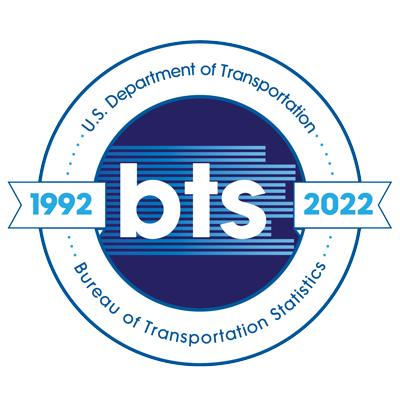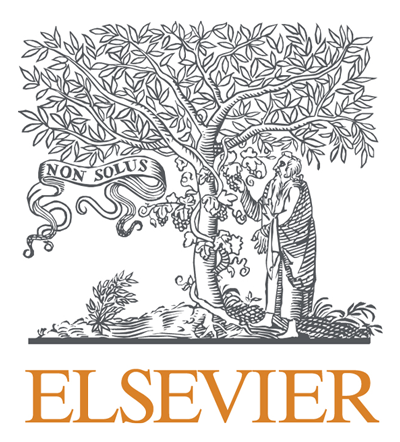Clustering OpenStreetMap Contributors’ Temporal Data Contribution Characteristics: A Pilot Study of Methods
Topics:
Keywords: Mapping Behavior, OpenStreetMap, Time-series Cluster, Volunteered Geographic Information
Abstract Type: Paper Abstract
Authors:
Jin Xu,
Guiming Zhang,
,
,
,
,
,
,
,
,
Abstract
Volunteered Geographic Information (VGI) is obtained from the voluntarily contribution from the general public and it is a social practice where knowledge is embedded. As one of the most famous VGI data source for geographic services, OpenStreetMap (OSM) data, presents this knowledge through contributors’ mapping activities. In this study, OSM contributors’ temporal data contribution patterns were clustered using two different methods: Dynamic Time Wrapping (DTW) and K-shape, with original or standardized OSM contributor’s monthly updates data during 2018-2021. Clustering results are examined to answer: i) Is it possible to classify OSM contributors using data contribution time series? And ii) if yes, which method-data pair is better and what are the characteristics of the cluster groups? The result suggests that it is possible to classify the OSM contributors through their temporal contribution patterns. More reasonable clusters are generated with DTW and original data. Contributors are classified into 4 groups: cluster 1 shows a peak at last half, cluster 2 has large number of updates at last half, cluster 3 has large number of updates at first half, and cluster 4 has large number of updates at very end, suggesting distinctive temporal characteristics of OSM contributor’s mapping behavior. This pilot study explored methods for clustering temporal characteristics of VGI contributors and contributes to future studies of examining the impacts of major events (e.g., COVID-19) on VGI contributors’ mapping behavior.
Clustering OpenStreetMap Contributors’ Temporal Data Contribution Characteristics: A Pilot Study of Methods
Category
Paper Abstract








